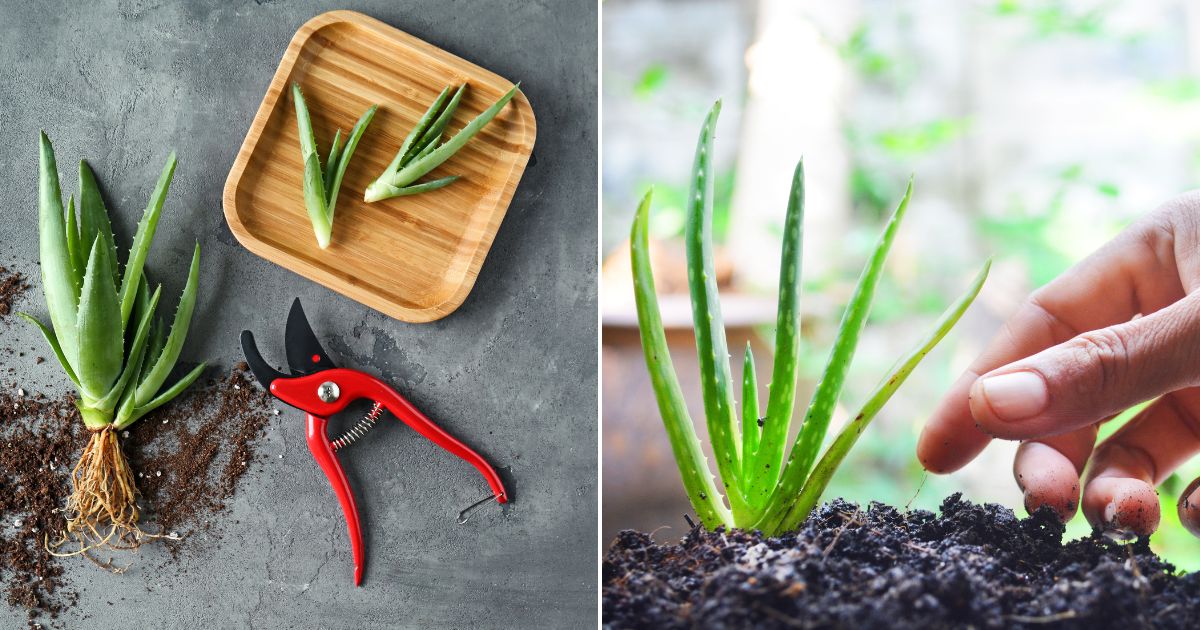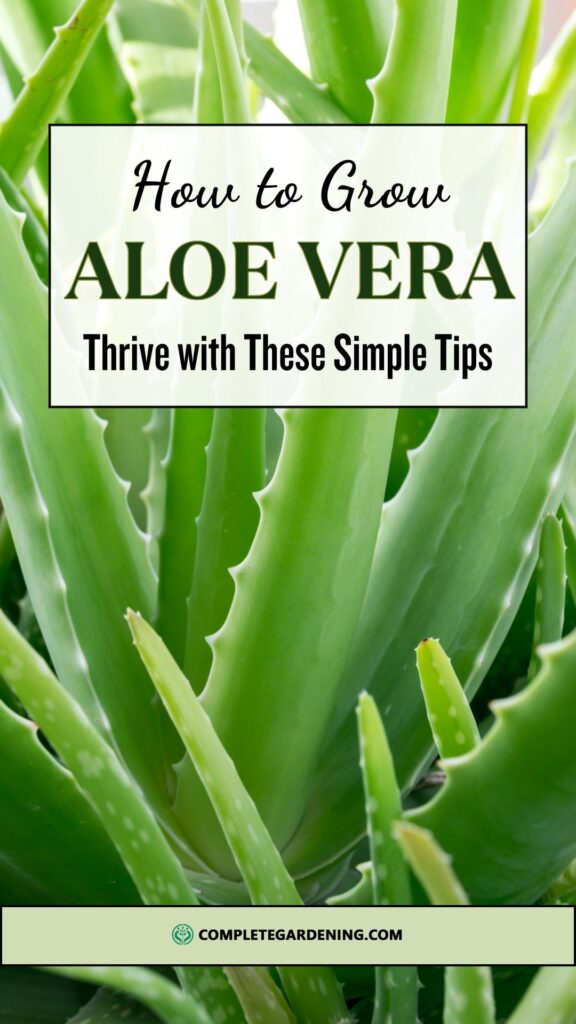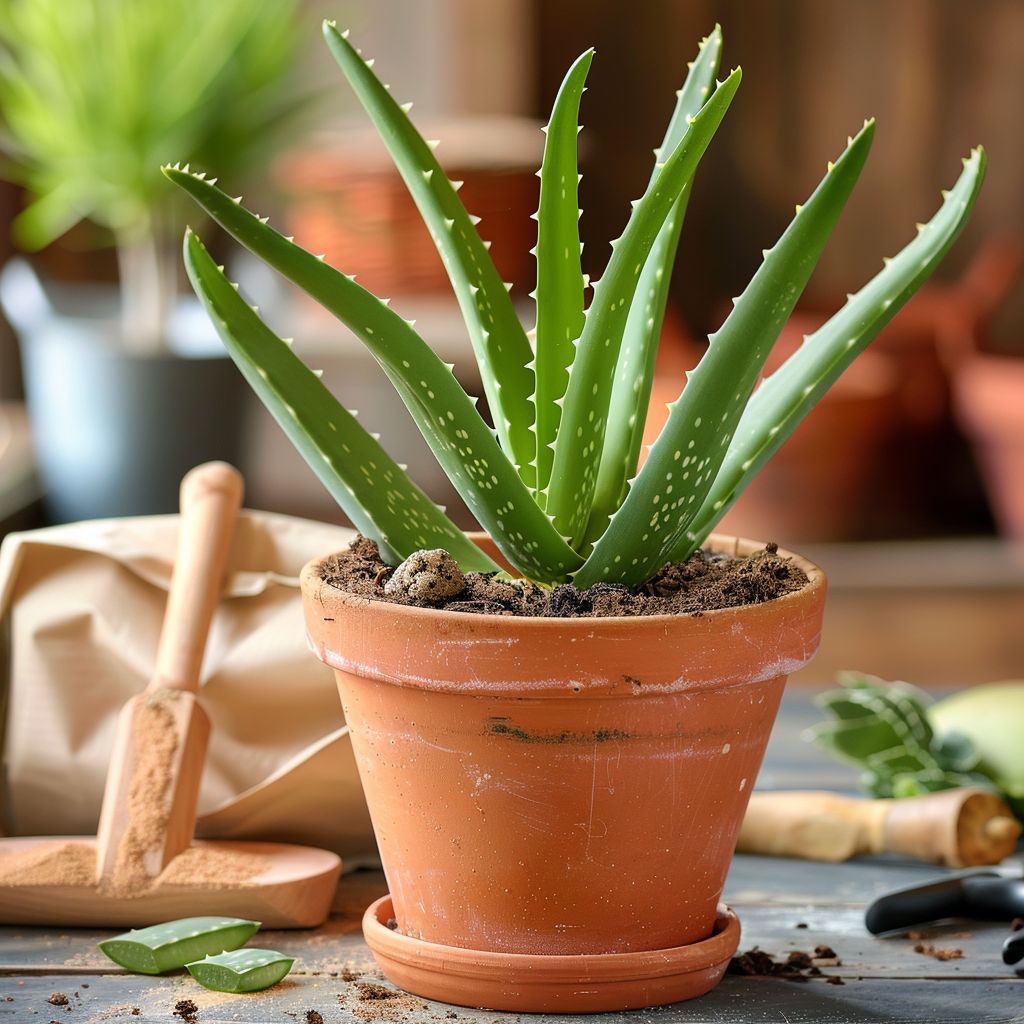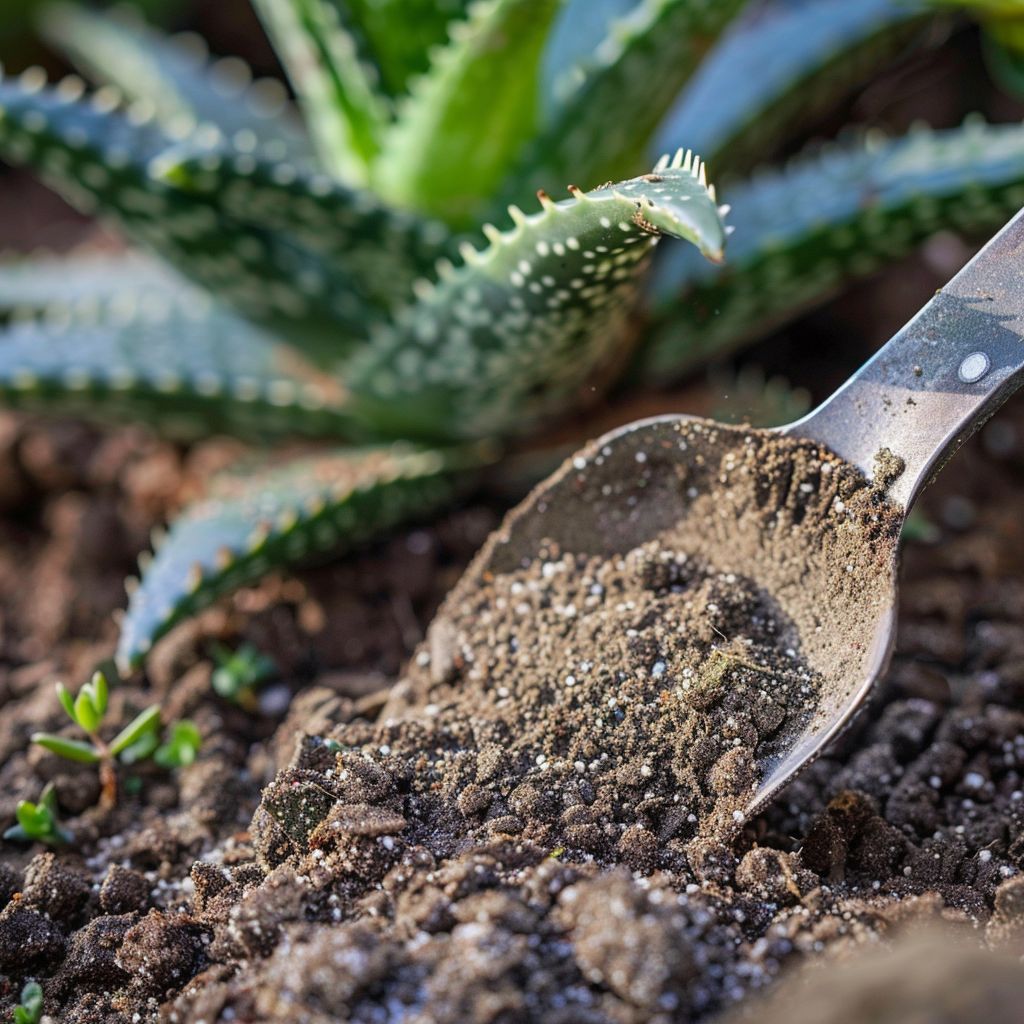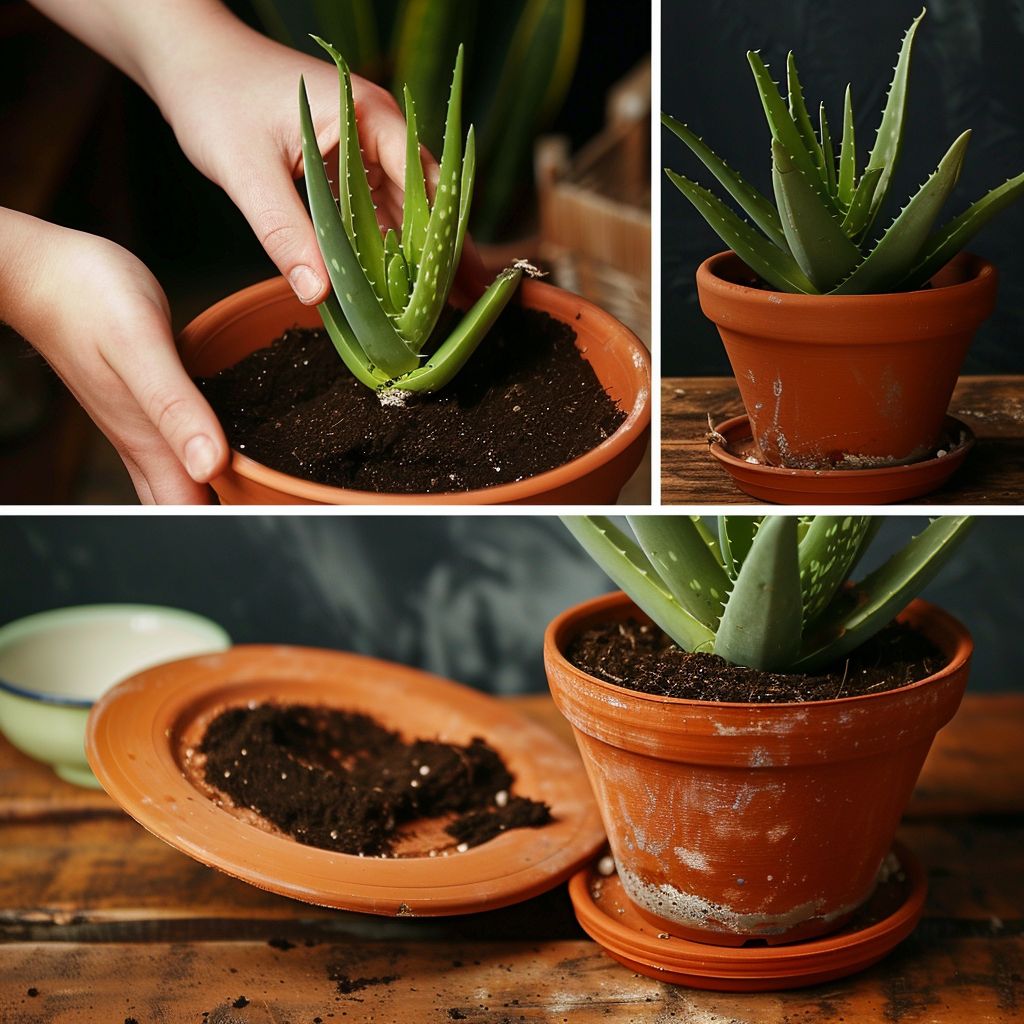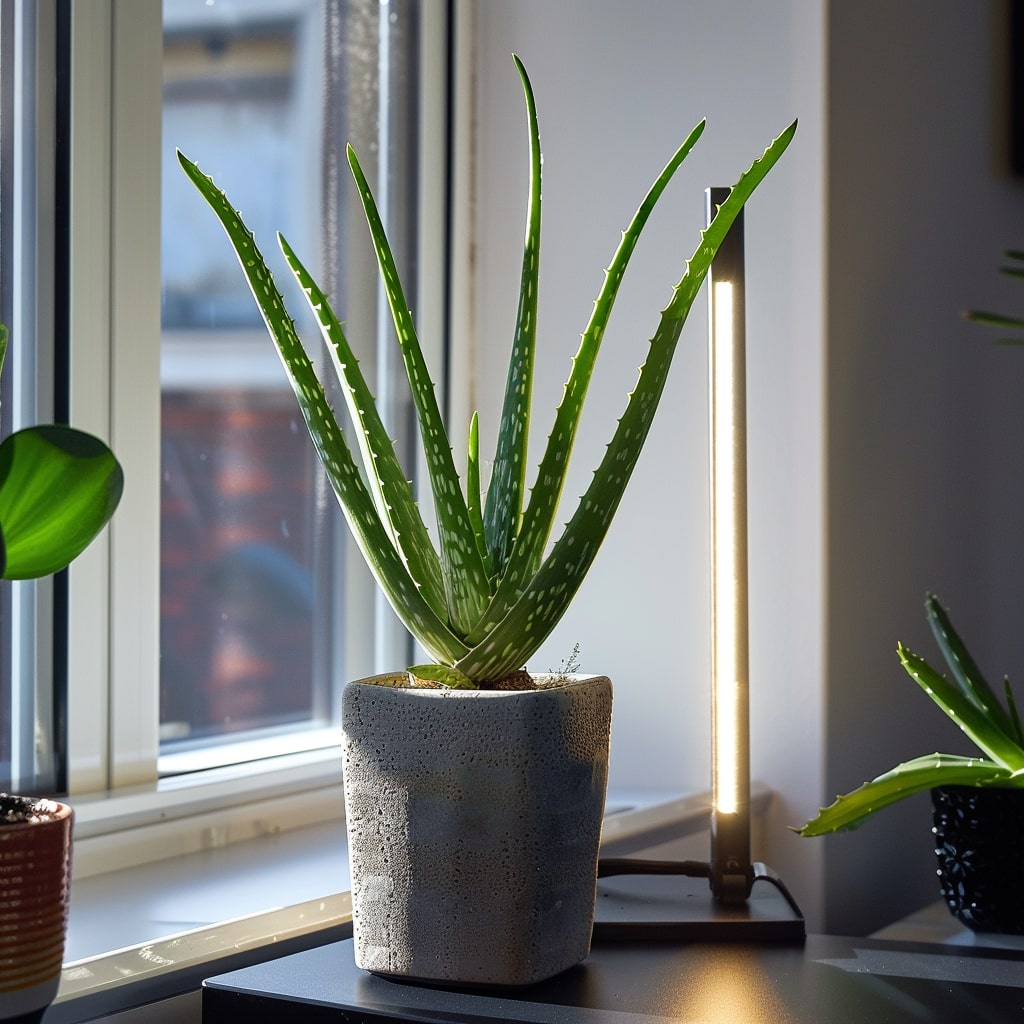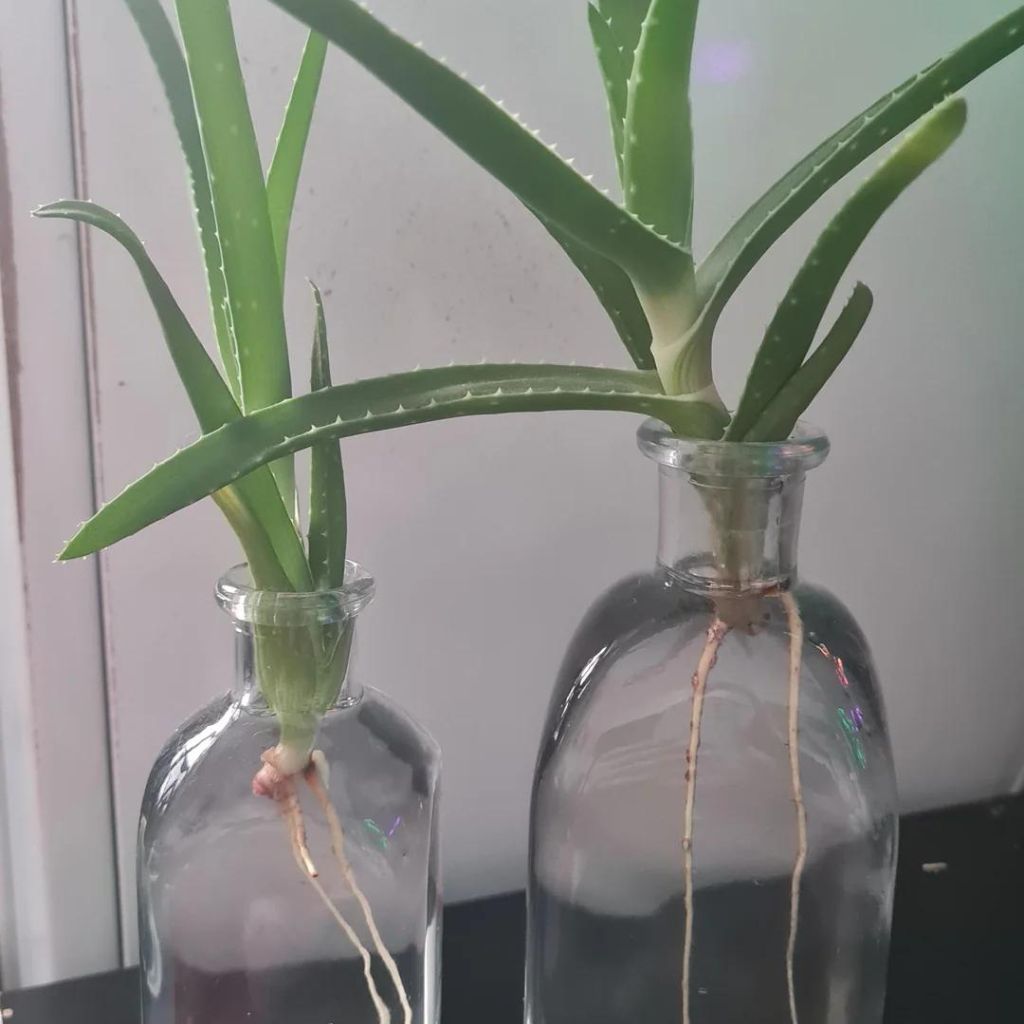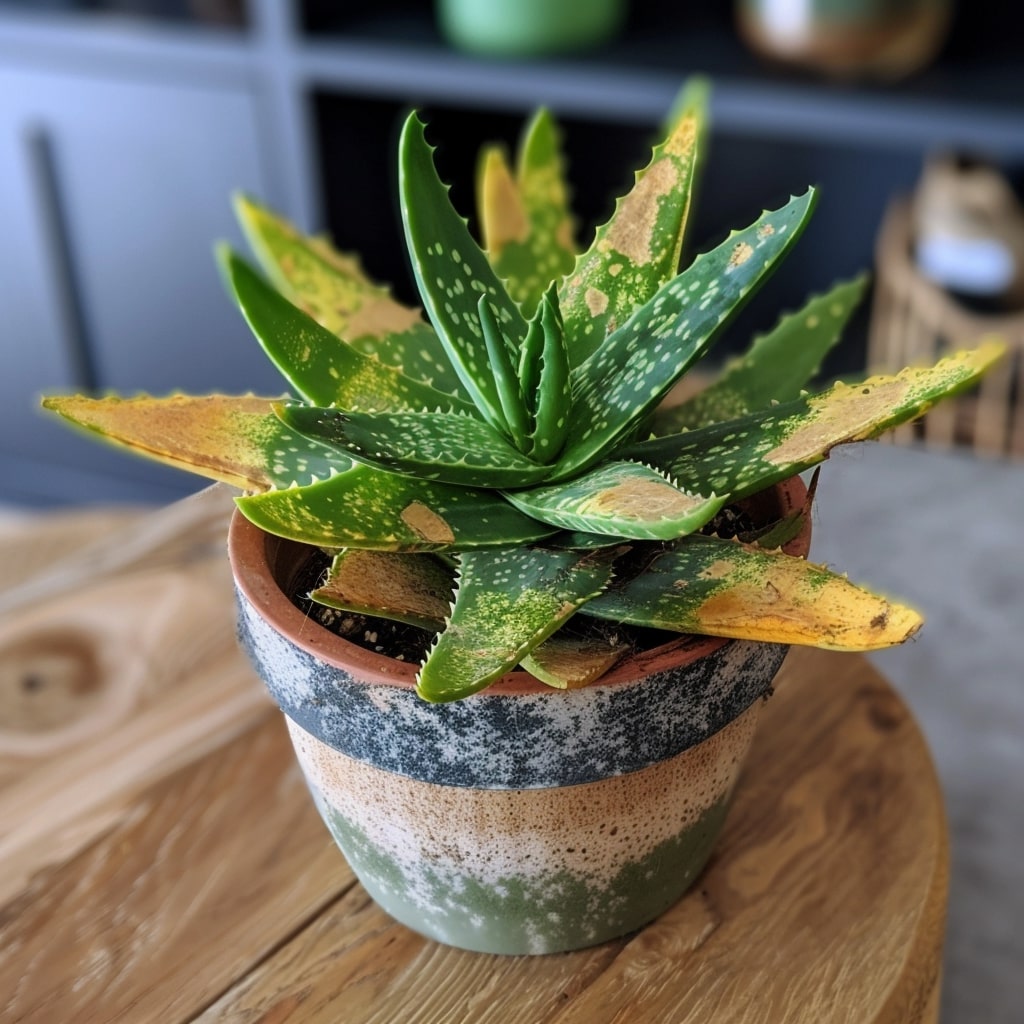Aloe vera is a popular houseplant known for its striking appearance and versatile medicinal properties. Whether you’re an experienced gardener or just starting, aloe vera is an excellent choice for adding greenery to your home.
This guide will walk you through everything you need to know about growing and caring for aloe vera plants, from planting to dealing with common issues.
Understanding Aloe Vera
What is Aloe Vera?
Aloe vera (Aloe barbadensis Miller) is a succulent plant species from the genus Aloe. It originates from the Arabian Peninsula but is now widely cultivated around the world.
Known for its thick, fleshy leaves filled with a soothing gel, aloe vera has been used for centuries to treat burns, skin irritations, and other ailments.
Benefits of Aloe Vera
Aloe vera gel is renowned for its healing properties, particularly for treating sunburns, minor cuts, and skin irritations. The plant also offers ornamental beauty, adding a chic desert aesthetic to your home. However, it’s essential to remember that while the gel is beneficial, consuming the leaves can be toxic to humans and pets.
Planting Aloe Vera
Choosing the Right Container
When planting aloe vera, selecting an appropriate container is crucial. Terra-cotta pots are ideal due to their porous nature, which helps the soil dry out between waterings. Ensure the pot has at least one drainage hole to prevent water from accumulating at the bottom.
Soil Requirements
Aloe vera thrives in well-draining soil. A cactus potting mix or a homemade blend of garden soil, perlite, and sand works best. Avoid regular potting soil as it retains too much moisture, which can lead to root rot.
Planting Steps
- Prepare the Pot: Fill the pot one-third of the way with your chosen soil mix.
- Place the Plant: Position the aloe vera plant in the center of the pot, ensuring the root ball is just below the soil surface.
- Fill the Pot: Continue filling the pot with soil, leaving about an inch of space from the rim to the soil surface.
- Initial Care: After planting, place the pot in a warm location with indirect light and refrain from watering for the first week to prevent root rot.
Caring for Aloe Vera
Light Requirements
Aloe vera prefers bright, indirect light. Place your plant near a south or west-facing window where it can receive plenty of sunlight without being scorched. If the leaves start to curl or turn brown, it may be getting too much direct sunlight.
Watering Schedule
Water aloe vera deeply but infrequently. Allow the soil to dry out completely between waterings, typically every two to three weeks. During the winter months, reduce watering to once a month as the plant goes dormant.
Temperature and Humidity
Aloe vera thrives in temperatures between 55°F and 80°F. It can tolerate dry air and does not require additional humidity. If you move your plant outdoors during the summer, bring it inside if nighttime temperatures drop below 50°F.
Fertilizing
Aloe vera doesn’t need frequent fertilization. Feeding your plant once a year in the spring with a balanced, diluted fertilizer can help maintain its health and promote growth.
Propagating Aloe Vera
Propagation by Offsets
Aloe vera produces offsets, or “pups,” that can be used to grow new plants. Follow these steps to propagate aloe vera:
- Identify Pups: Look for small plants growing at the base of the parent plant.
- Remove Pups: Gently dig around the pup to expose its roots and separate it from the mother plant using a clean, sharp knife.
- Dry the Pups: Allow the pups to dry in a sunny spot for a few days to let any cuts heal.
- Plant the Pups: Plant each pup in its own pot filled with a well-draining soil mix.
- Watering: Water the pups lightly and place them in a bright, indirect light location.
Common Issues and Solutions
Overwatering
Overwatering is the most common issue with aloe vera plants. Signs of overwatering include yellowing leaves and soft, mushy stems. To remedy this, reduce watering frequency and ensure the soil dries out completely between waterings.
Insufficient Light
If your aloe vera leaves are growing flat and low, it may not be getting enough light. Move it to a brighter location and consider using a grow light if natural light is insufficient.
Pests and Diseases
Aloe vera can be susceptible to pests like mealybugs, scale, and mites. Treat infestations by wiping the leaves with a cloth dipped in a mixture of water and insecticidal soap. For fungal diseases, ensure your plant is not overwatered and remove any affected leaves.
Encouraging Aloe Vera to Bloom
While indoor aloe vera plants rarely bloom, providing the right conditions can increase your chances. Ensure your plant gets plenty of bright light, warm temperatures, and infrequent waterings. If your plant is healthy and mature (around four years old), it may produce a tall stalk with tubular flowers in yellow, orange, or red.
Aloe vera is a low-maintenance plant that offers both aesthetic appeal and practical benefits. With proper care, your aloe vera plant can thrive and provide you with a steady supply of soothing gel for minor skin irritations. Whether you’re a seasoned gardener or a beginner, aloe vera is an excellent addition to any home.
Happy gardening! If you have any questions or tips about growing aloe vera, feel free to share them in the comments below.
